Using abash for a bath
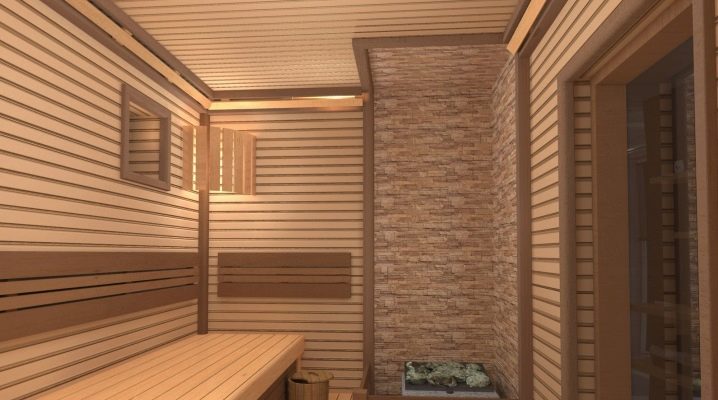
Who doesn't love a Russian bath? Alder, aspen, linden, cedar, larch were traditionally used for its decoration in Russia. Since the 90s of the twentieth century, abash began to be used.
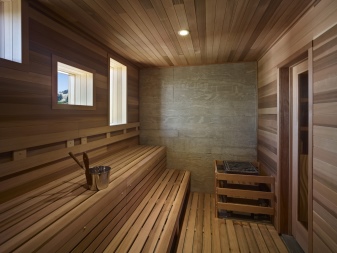
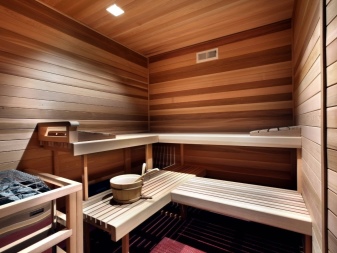
What it is?
Abash is called an oak or maple that grows in African tropical forests, mainly in the countries of the Congo, Cameroon. It belongs to the mallow family, its leaves are similar to maple, resembling open palms. The inhabitants of Africa call this tree differently: samba, abachi, obche. The name abash comes from the enormous size of the tree. The specificity of the breed is as follows:
-
Abash grows singly and occupies a large area;
-
in height it can reach 50 m, and in girth 2-2.5 m;
-
the branches of the tree are located near the top, so there are no knots on the trunks, as well as finished boards.
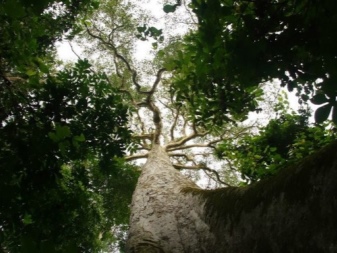
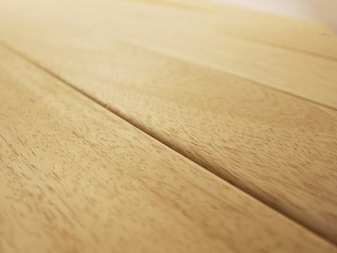
Abasha wood began to be used relatively recently due to the practicality of the Germans. In the 50s of the twentieth century near Bremen, during the repair of the steam pipeline, boards from the packaging of African products were used as cladding.
With a powerful hot stream of water vapor, the boards from the abash did not heat up, but only slightly warmed up. Since then, the Germans, and after them the Norwegians, began to use abash for baths and saunas.
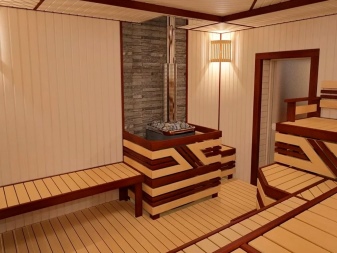

Basic properties
The wood of this African oak has a porous structure, hence the lightness, but at break it is hard and springy... Low thermal conductivity is observed in wood of this wood species. Therefore, you cannot burn yourself on it. Such lumber is great for sitting benches in a sauna or steam bath, as it does not get very hot. The moisture content of abasha wood is only 12%, therefore, the material will keep its original shape for a long time.
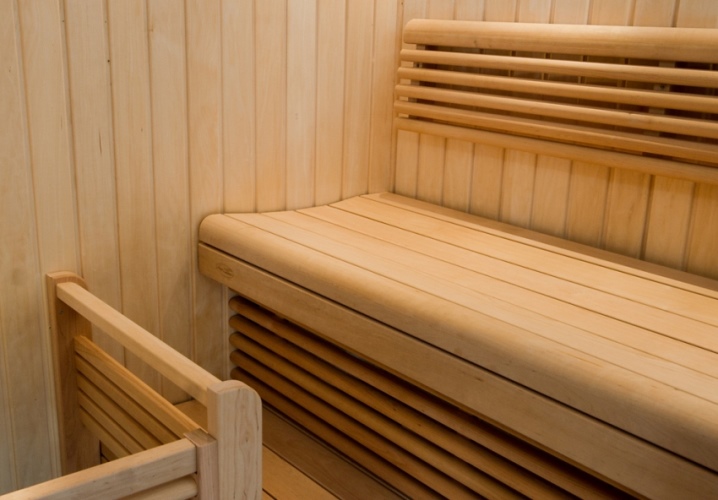
Here are the main technical characteristics of abash.
-
After the wood has dried to 12% moisture, its density will be 350 kg / m3. In structure, abash is similar to polystyrene.
-
The specific gravity reaches 0.55 g / cm2. It can be concluded that the less the mass of wood, the less its density, and therefore it heats up less.
-
The maximum bending force is 528 kg / cm2.
-
Lumber has smooth edges, no knots, no resinous odors even at high temperatures.
-
African oak resistant to various atmospheric pressure and the influence of the external environment.
-
Reduced coefficient of thermal conductivity and heat capacity... When in contact with the human body, it quickly perceives its temperature.
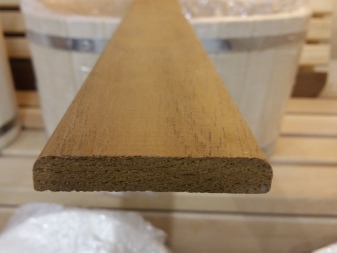
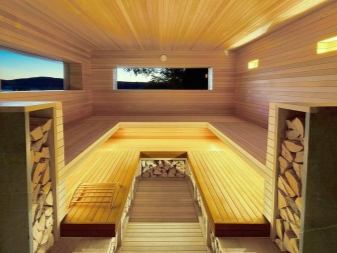
According to the processing technology, the African oak, after it has been cut down, must be dried within 2 days, as the wood turns blue or blackens. And it will no longer be possible to eliminate this defect.
The main positive qualities of Abash are several points.
-
Easy to process, amenable to grinding and polishing. For a long time it does not deform and does not shrink.
-
Due to the low humidity, the appearance of the lumber remains presentable for a long time and does not change color.
-
Attractive lumber color. Well tinted.
-
African oak boards can easy to saw and drill holeswithout fear of cracking. The surface of the wood is very pleasant to the touch.
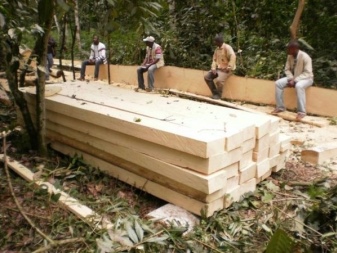
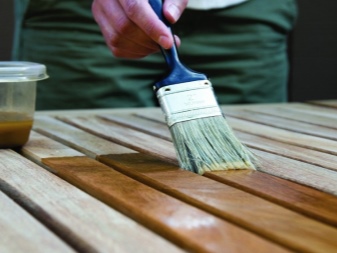
The negative properties of the wood of this tree are as follows:
-
rather high cost, so the steam room in the bath, lined with abash, is not affordable for everyone;
-
small consignments of high-quality building materials are imported to the Russian market;
-
the growing area of these trees is catastrophically decreasing every year.
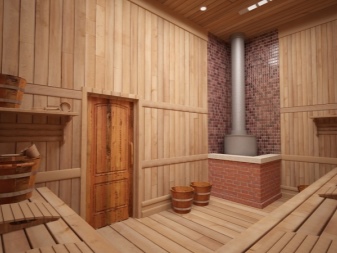

Overview of wood options
At the moment, a special grade of lumber for cladding under the "abash" brand is put up for sale on the sawn timber market, which has specific properties, unusual structure and color. Stores of building materials for finishing the steam room in the bath offer the following products from abasha wood: board, lining, rail, thermal board, veneer, planks.
Abasha wood comes not only from African oak, but also from Central Asian.
Natural abache has an inexpressive texture, the fibers form a slightly visible pattern on the surface, therefore, this material can be subjected to woodworking in any direction.

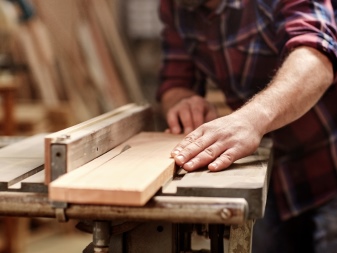
Abash African has a spectrum of colors from light, almost white, to the rich color of baked milk. Asian wood is the lightest and most airy in structure, so it is immediately heat treated or cut into veneer, or used as a facing material in less critical areas in the bath.
This provides the basis for the production of lumber for steam rooms and the sale of individually finished sanded boards, starting from lining and planks, ending with elements for decorating a bath.
Standard sizes of finishing panels range from 1200 m to 2300 m in length.
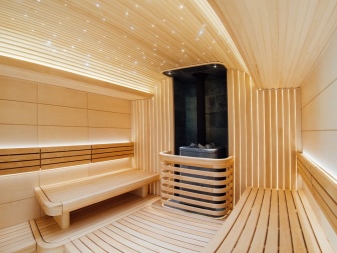
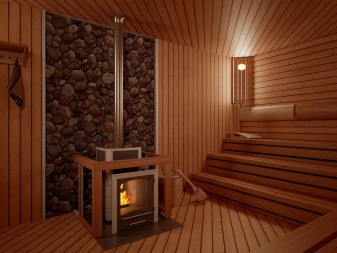
Planks
Unedged and regimental boards made of African abash are 15% more expensive than the same products made of Asian wood.
When choosing an interior for a bath, you need to take into account that not all building materials from this wonderful wood, offered for sale at fairs, have similar characteristics... The trunk itself, about 30 m long, is sawn into pre-processed boards right at the cutting site. Accordingly, lumber with different qualities of the material can come across in one pack.
Loungers and shelves for the bath complex are made of the most solid board.
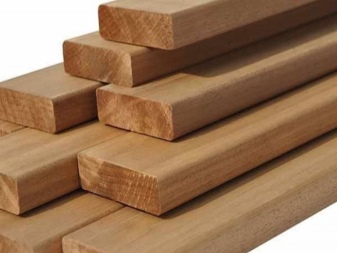
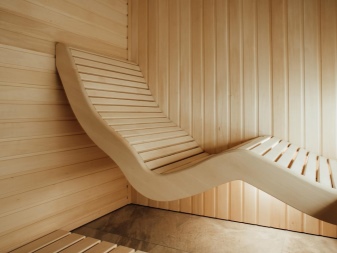
Lining
For wall decoration with clapboard or lath, soft wood is taken. When selling wholesale, it is very difficult to find out the grade of the lining in the package. They will not be allowed to open a pack of clapboard before selling and select the required quality material, hence the purchase of cladding for bath decor is still a lottery. Only a specialist will be able to distinguish good material from bad material according to its characteristics, and an ordinary buyer will learn to see the subtleties of abasha wood within 2-3 years of using his bath.

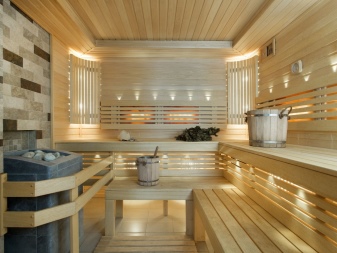
In retail stores, you can find on sale African oak lining of various sizes and grades of various prices. It is divided into three classes:
-
extra;
-
class A;
-
class AB.
It can be concluded that not all African wood has extra-class properties.
Overall dimensions differ for different companies involved in the sale of building materials. The thickness of the lining ranges from 12 to 13 mm, the width is from 85 to 96 mm, and the length is from 2 to 4 meters.
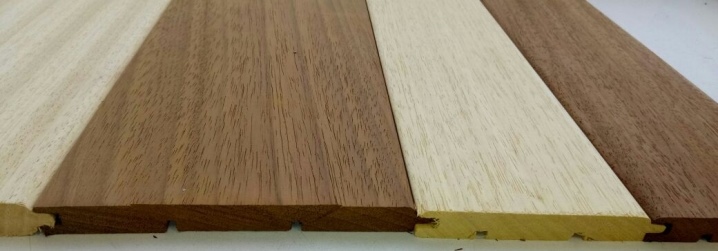
Thermal boards
For finishing the steam room, it is better to use heat-treated boards, lining or rail. Thermoabash has a particularly bright, saturated color, which is darker than the natural classic version. Heat treatment of wood increases its mechanical and biological properties.
The reason why abash has not yet supplanted linden and aspen is the specific smell of fresh wood, which is quite persistent and unpleasant. To combat the persistent odor, they also use frying the steam room before using a new bath, and placing cedar blocks to the stove's stove, and processing fresh African wood with flax oil.
For a radical solution, heat-treated boards are used. Annealed African or Asian oak is used for the manufacture of thresholds and slats in the shape of an angle for bath shelves, door handles and some trim elements that are located near the heater or ventilation are made from it.
Heat treatment increases the resistance of wood to decay and distortion, and increases the service life of the abash finish up to two decades.

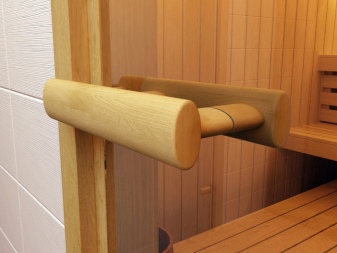
Where and how to use in the bath?
True connoisseurs of Russian baths prefer abachi cladding for two reasons.
-
Delightful and comfortable to touch polished abache surface in a hot steam room or sauna does not allow you to burn yourself in comparison with conifers and aspen. Avid visitors to the steam room assure that the African wood shelves and headrest are similar to extruded foam in terms of density and coolness.
-
The natural abash tree, grown in a damp tropical forest, is characterized by high disinfecting properties. Hence, when a large number of people visit the steam room, pathogens do not accumulate on the shelf.
Asian oak lumber has its pros and cons. Besides the high cost, the material has a very low hardness. It is better not to drive in or screw in nails and screws into such wood. The floor in the bathhouse made of abachi planks is quickly permeated by a weighty stove. Shelves, hooks for bath accessories and clothes hangers are not hung on walls decorated with such wood.
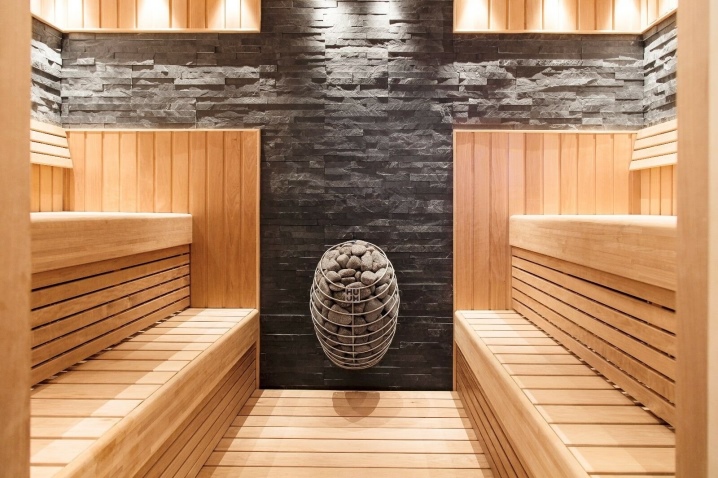
Care must be taken when covering the walls of the bath with such an expensive material. Awkward turning or improper handling of the instrument may leave indentations and scars on the veneer.
According to the responses of the owners of such steam rooms, the use of Asian oak is acceptable under three conditions.
If the shelves in a relatively hot steam room get very hot, especially at the top, it becomes quite difficult to use them. Abachi is an ideal option for finishing the shelves in a sauna, medium - for a steam room in a Russian bath, and in Turkish baths it is not used at all.
Very comfortable material for children in the steam room or dressing room. The wood of African or Asian oak is soft, there will be no scratches or abrasions from it. Walking on such a floor with bare feet is very pleasant.
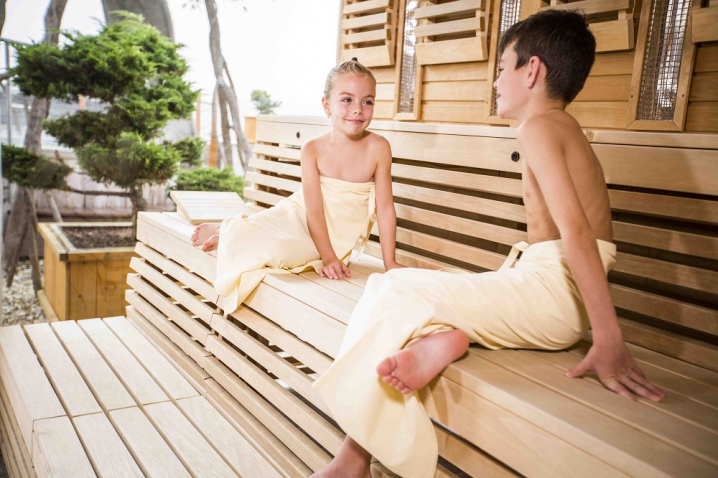
In the steam room, the floors quickly rot from moisture. This happens when the ventilation is done incorrectly, and then the floor is lined with abachi boards.
Often, lattices are made from African oak planks, which are laid out on the carved floor near the stove. You can stand on it with bare feet. The option of using abachi as a floor covering in the washing section of a bath is practiced, because the tiled floor is unsuitable for this and is traumatic. Rubber rugs look ugly and do not meet the requirements of hygiene, and wooden lattices made of African wood look aesthetically pleasing and will last for a long time.
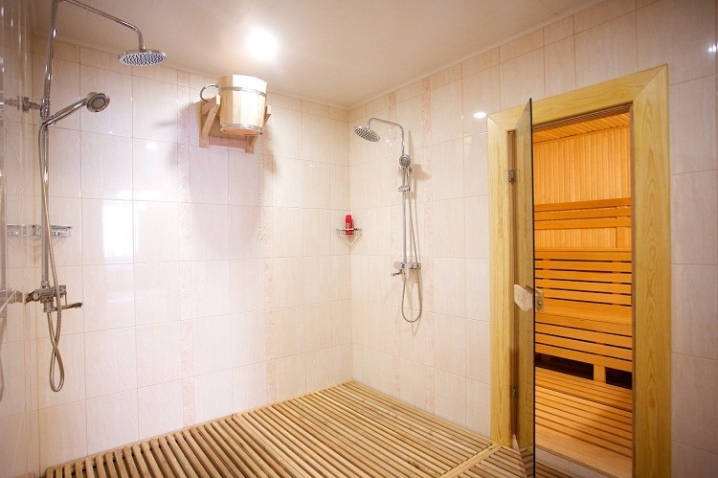
It is noticed that in the steam room of a Russian bath, expensive wood actively absorbs water, condensation, the smells of birch, eucalyptus and oak brooms, which are used in the bath procedure.
African oak, along with other tree species, easily absorbs various odors and folk remedies for the skin of the body, hands and face. You cannot enter the steam room decorated with such wood with liquid soap and shampoos, honey and chocolate masks for the skin.
If the steam room is lined with abachi clapboard, then after all the bath procedures, the lining is washed with clean water with a linen washcloth to wash off sweat and dirt.
The use of African or Asian oak for baths and saunas is economically profitable. So, in Finland, during the construction of saunas and baths, almost half of the surfaces are faced with clapboard or lath made of abash, and they evaluate this as a profitable investment.
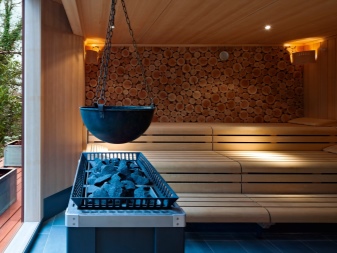
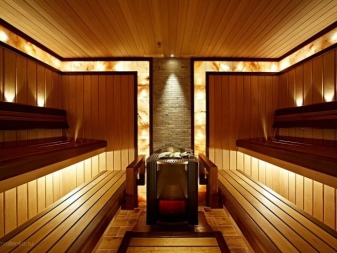




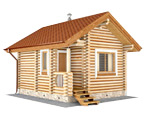
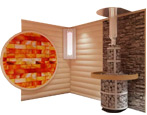
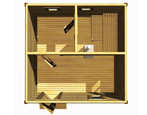
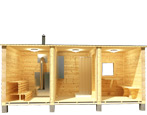
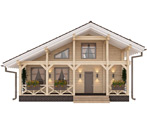
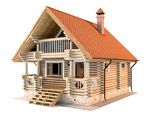


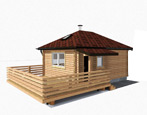
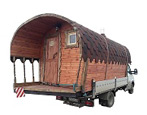


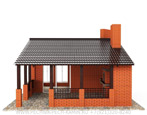

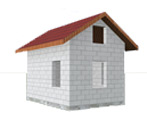

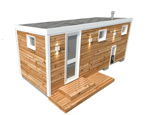
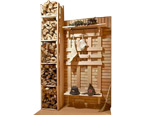
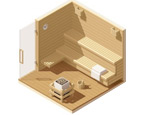
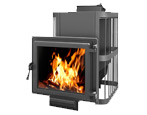
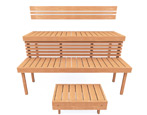
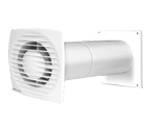

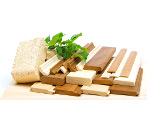


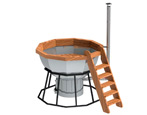
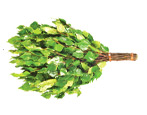
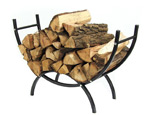
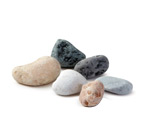
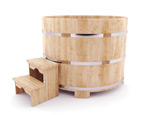
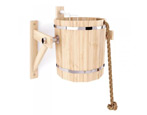
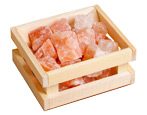

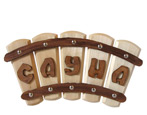


























































The comment was sent successfully.